Toward the end of the 16th century, a movement of strong reaction to Mannerist virtuosity began to develop. This movement began with three great Bolognese painters who worked in the late 16th and early 17th centuries, the Carraccis, namely the brothers Agostino (Bologna, 1557 - Rome, 1602) and Annibale (Bologna, 1560 - Rome, 1609) and their cousin Ludovico (Bologna, 1555 - Rome, 1619). Underlying Carraccesco’s proceeding was the thought that art had at that time reached an excessive intellectualism that was contrary to what should have been the fundamental principles of art itself, namely,adherence to natural truth and ease of reading: two characteristics that had been lost with the excess of refinement (which often flowed into bizarreness) typical of Mannerist art.
The crisis of Mannerism reached its peak in the period of the Counter-Reformation (indeed, Carracci’s production was often linked to Counter-Reformation instances): it was in Bologna, in 1582, that Cardinal Gabriele Paleotti had printed his own Discorso intorno alle immagini sacre e profane, which had a wide resonance on the city’s artistic circles. These were the premises that led to the formation of the CarracciAcademy, with which the three artists wanted to reform the institution of the artistic workshop, whose almost entrepreneurial rather than educational logic still dated back to the Middle Ages. By 1582 theAccademia degli Incamminati (we do not know the exact year of its founding), the school formed by the Carracci, was already in operation, mainly on the initiative of Ludovico. The Academy had known different names (“del Naturale” and “dei Desiderosi”), but they all indicated the same end, namely to direct the students on the path of naturalistic representation. And this representation rejected imitation, which was typical of Mannerism, but based its assumptions on the study of nature, without, however, neglecting the study of the great masters. The Carracci Academy also differed from the contemporary and earlier workshops in another peculiar aspect: it was in fact organized as a real school where, in addition to painting technique, elements of literature, philosophy, science, and geometry were learned, because the artist, according to the Carraccis, had to be a complete intellectual and possess a solid theoretical training.
Ludovico Carracci was, of the three, the painter who most felt the Counter-Reformation demands, and was deeply affected by the treatises on sacred images: applying the canons of the new naturalism to religious painting, he came to connote his characters with a profound humanity, with an almost popular flavor, suitable for an art aimed at a widespread audience, a strongly devotional art capable of arousing feelings of piety and religiosity in observers (see the Pala Bargellini, 1588, Bologna, Pinacoteca Nazionale). Similar outcomes (but with more distinctly narrative and descriptive tones) were achieved by the art of Agostino Carracci, who was the least prolific (and probably least gifted) artist, as his role was primarily that of theorist and scholar of art.
The highest peaks of naturalism were reached by Annibale Carracci: in his art, in addition to the typical themes of religion and mythology, there was no lack of humble subjects taken from everyday reality, to which the Bolognese painter, through his inquiring eye attentive to giving a faithful representation of reality, had succeeded in giving artistic dignity. Of the Carraccis, in fact, he was the only one to go beyond the more traditional themes and thus to propose a painting with very revolutionary features that did not, however, lack a very specific basis, for Annibale Carracci studied the works of Correggio, the Lombard realists and the Venetians, such as Titian and Tintoretto, studying of the latter two the color and light respectively.
Annibale Carracci is considered the initiator in Italy of so-called genre painting, that is, painting that favored low or popular subjects depicted in their everyday realities (as in Bottega del macellaio, c. 1585, Oxford, Christ Church Picture Gallery), and which was spreading in theNetherlands at the time. Unlike the Dutch, however, Annibale Carracci demonstrated no allegorical, moral, or satirical intent, qualities that often distinguished Flemish genre scenes. In his official compositions, however, Annibale Carracci still made use of a classicism that he knew how to revisit in entirely new terms and that was the basis for the birth of seventeenth-century classicism, which found its greatest expression between Rome and Bologna, which was one of the most important artistic hubs in Italy during the seventeenth century.
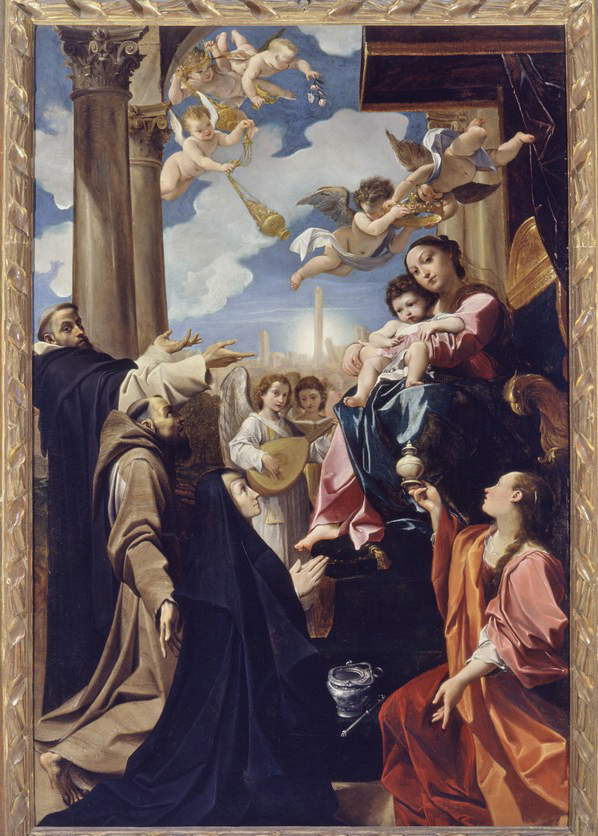
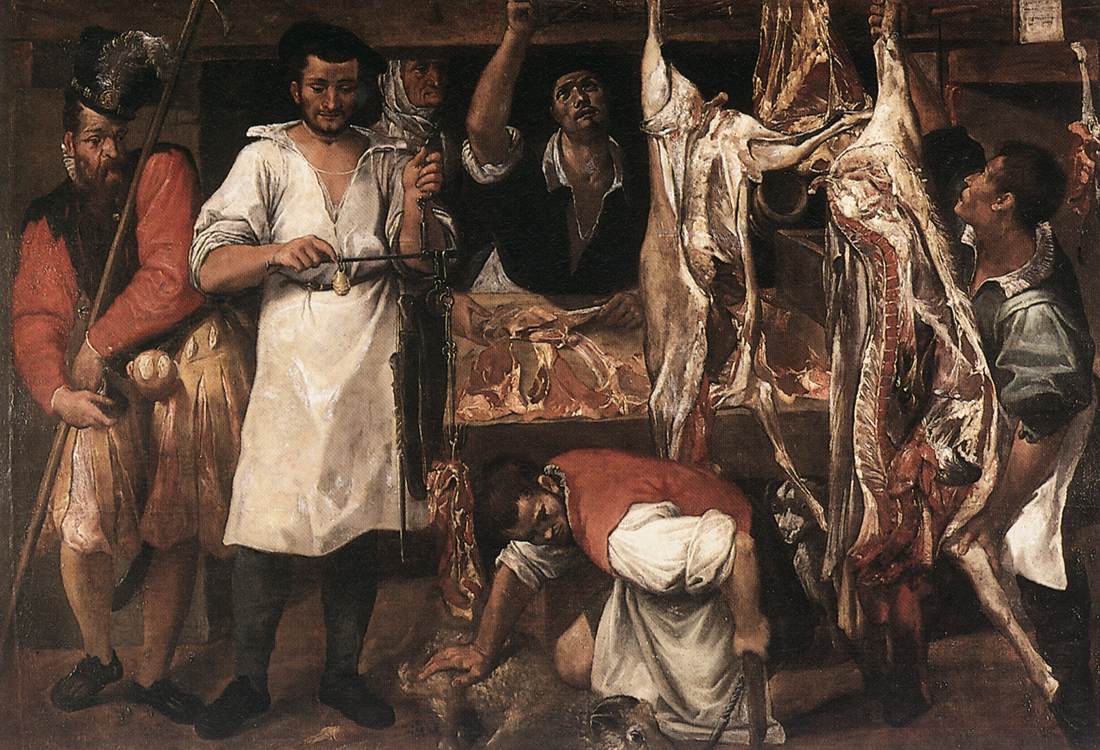
The artist who completely broke with tradition and disrupted all the patterns of painting, however, was Michelangelo Merisi known as Caravaggio (Milan, 1571 - Porto Ercole, 1610). Caravaggio, in light of his Lombard training and study of the works of the Venetian artists, was moved by the same desire as the Carracci to provide a naturalistic representation of the reality around him. However, the artist extended this desire to religious painting as well, in the sense that the humblest characters of Rome at the time (where Caravaggio worked), such as commoners and prostitutes, became the models for saints and Madonnas (for example in Death of the Virgin, 1604, Paris, Louvre: it seems that the figure of the Madonna is inspired by a prostitute drowned in the waters of the Tiber in Rome), so much so that the artist often had to suffer the rejection of his works by patrons. What differentiated Caravaggio from Annibale Carracci (an artist whom Caravaggio showed open esteem for) was first and foremost the fact that the Bolognese, as mentioned earlier, kept to classicist, albeit innovative, schemes in his official compositions, while Caravaggio brought his innovative charge even to paintings executed for public commissions (as in the Martyrdom of St. Matthew, 1600-1601, Rome, San Luigi dei Francesi). And furthermore, Annibale Carracci was interested in objective investigation in his genre scenes, while Caravaggio gave his subjects not only a careful realism but also a high dramatic charge. This incredible combination of realism and drama made Caravaggio’s work highly innovative and still manages to appeal to a very wide audience.
In Caravaggio, religion was stripped of the idealization that had always distinguished it and entered instead into an everyday dimension in which every observer could recognize himself: the feelings of the characters belonging to the sacred sphere (angels, apostles, saints, Madonnas), such as astonishment, despair, pain, were studied from life and were those of the common people, the poor of the time, who thus entered into a type of art that rejected that decorum to which the Carracci, on the other hand, never failed to adhere. Caravaggio then knew how to renew the use of light, which became as realistic as ever: in paintings characterized by dark and gloomy atmospheres, light built up the forms often also achieving high symbolic meanings, especially, again, in paintings with religious subjects (for example, in the Vocation of St. Matthew, 1599, Rome, San Luigi dei Francesi, the light emphasizes the calling of Matthew by Christ). The dramatic charge of Caravaggio ’s works was accentuated in the last years of his artistic career, when, in order to escape from a death sentence for murder, he had to travel to different parts of Italy: this tormented life of his not only fed the cliché of the cursed artist that nowadays exerts considerable fascination on the general public, but also gave rise to a highly anguished art with elevated pathetic tones(David with the Head of Goliath, 1609-1610, Rome, Galleria Borghese).
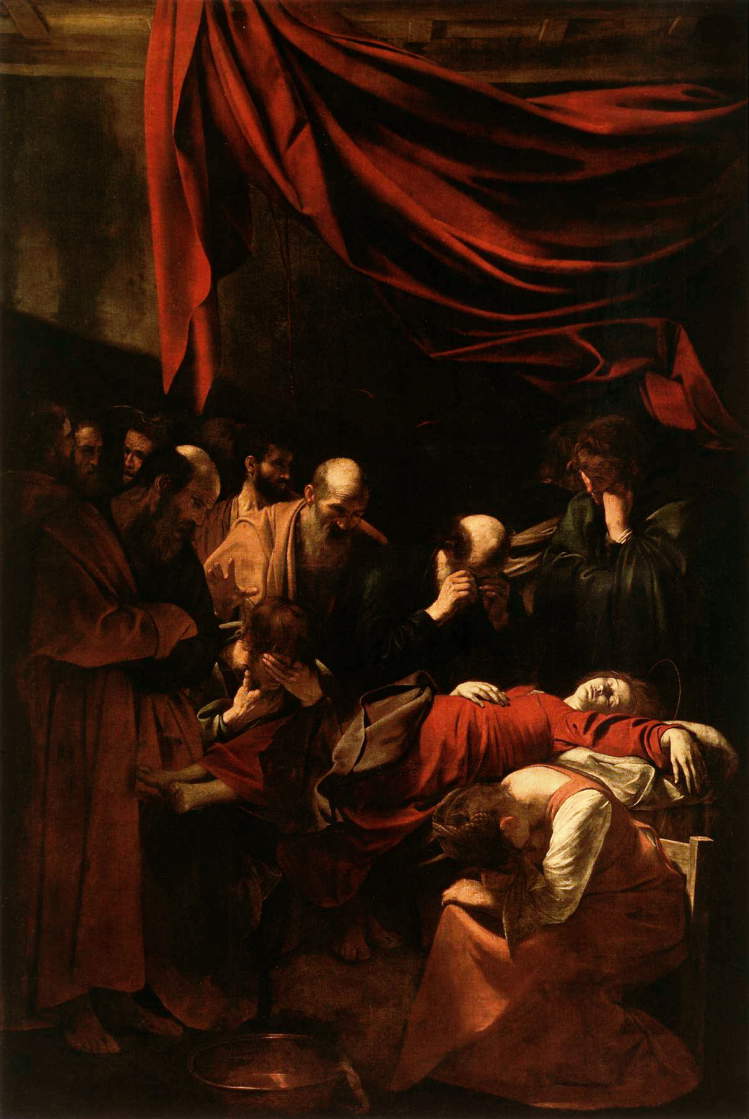
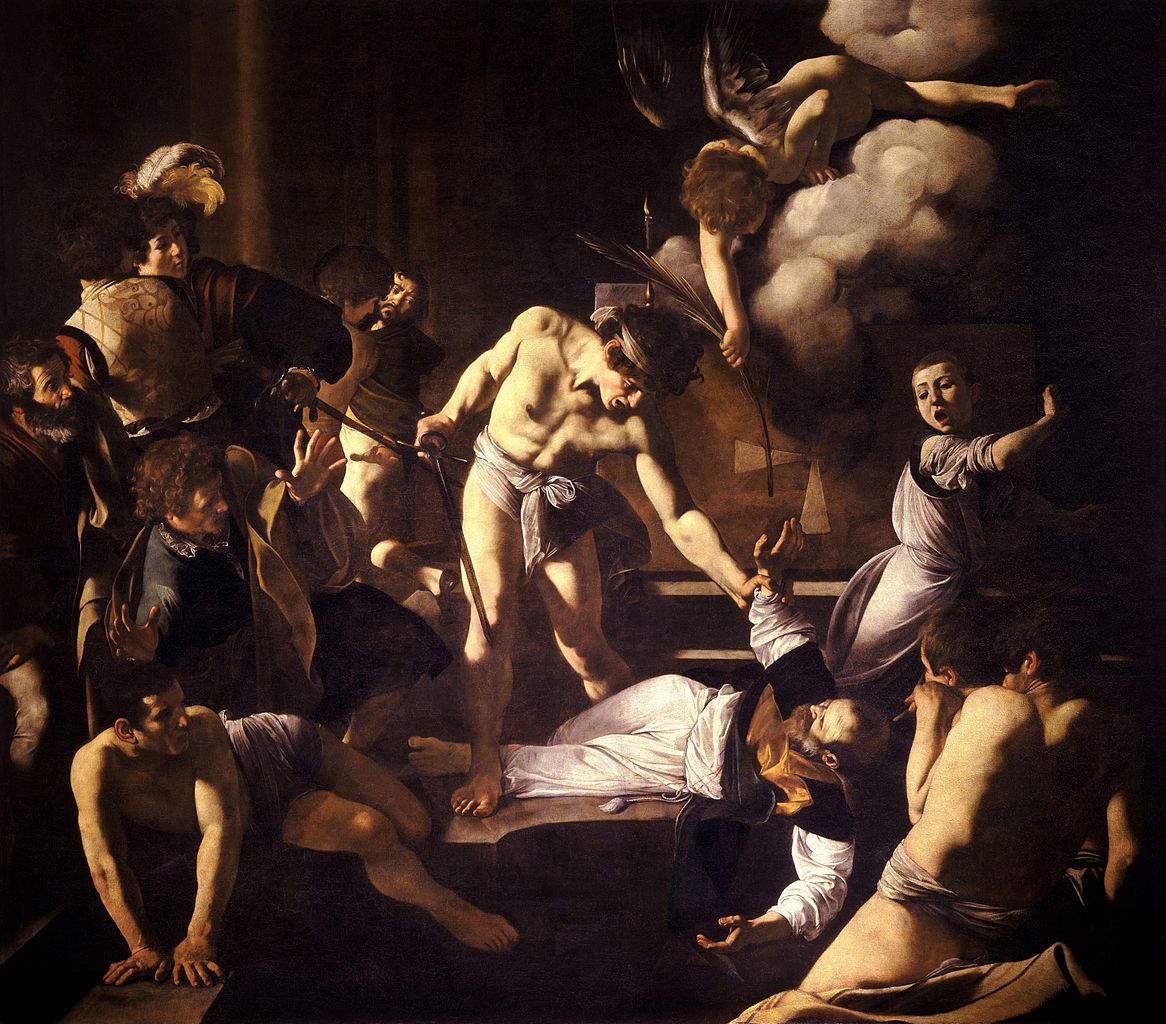
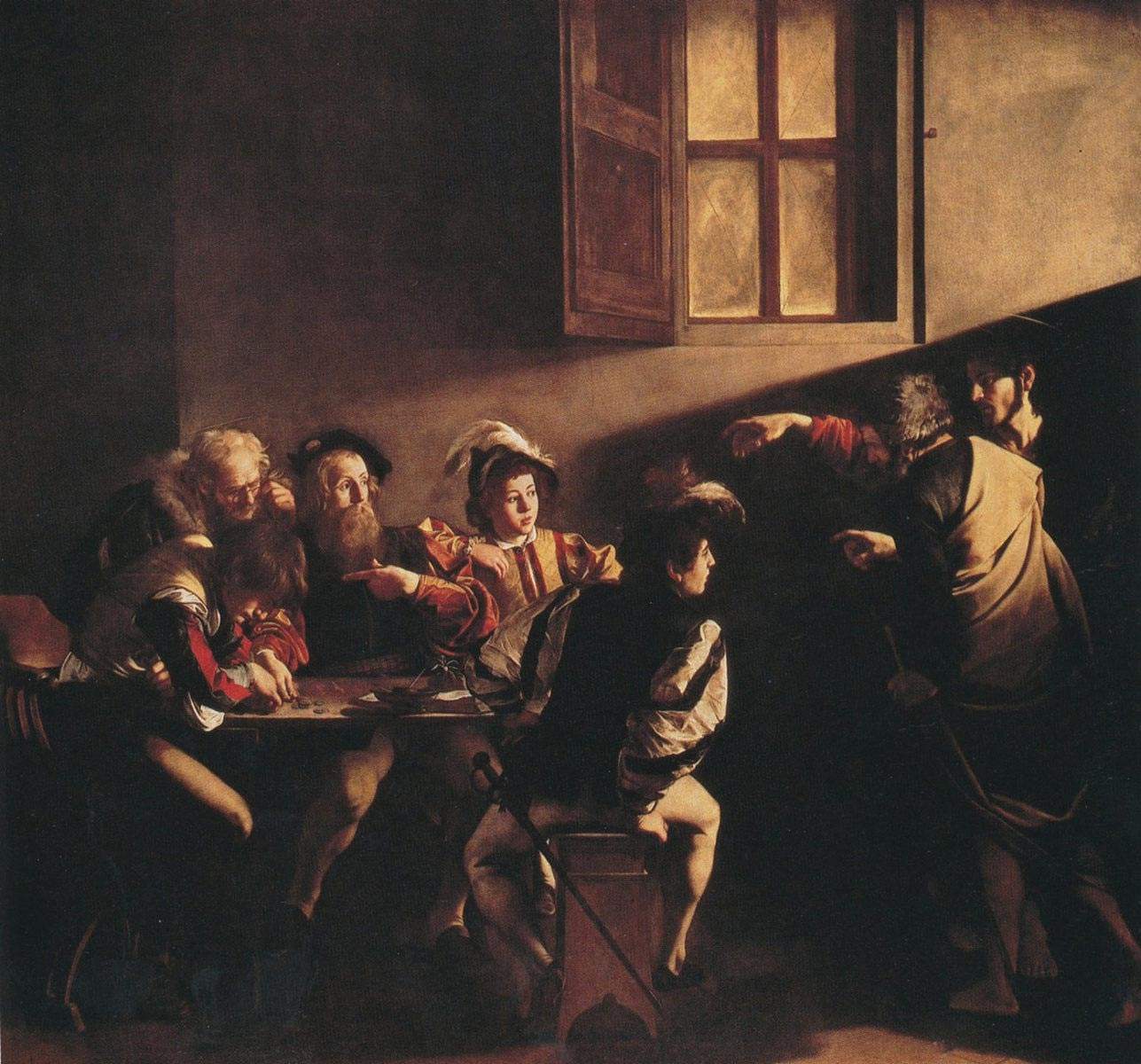

Such explicitly revolutionary art immediately had a wide resonance throughout Italy and beyond (the foreign artists present in Rome, mainly French and Dutch, in fact “exported” Caravaggio’s innovations), and the two most original and ingenious interpreters of Caravaggio’s lesson were certainly Orazio Gentileschi (Pisa, 1563 - London, 1639), who was also a personal friend of Caravaggio, and Bartolomeo Manfredi (Ostiano, 1582 - Rome, 1622). Orazio Gentileschi, a Tuscan, was trained in the Mannerism of his native region, but soon in Rome, in contact with Caravaggio, he at first demonstrated a strict adherence to his ways. Then, however, in the light of more careful reflection, he was able to decline them in more elegant and refined forms, in keeping with his training.
Orazio Gentileschi was a much more sensitive painter than Caravaggio (but also much colder: Caravaggio’s dramatic charge is much attenuated, indeed almost entirely absent, in Gentileschi’s art), and this sensitivity of his translated into a more delicate Caravaggism, characterized by limpid colors and a great descriptive minuteness that reached its apex in the depiction of textiles (a trait, this, specific to Gentileschi’s art, to which his Tuscan training contributed). These are all characteristics we find, for example, in the Annunciation (1623). Toward the end of his career, Orazio Gentileschi was first in Genoa (where he gave considerable impetus to the development and updating of the local school) and then worked at the courts of Paris and London: his art became even more refined, and the light typical of Caravaggio’s art achieved in him such results of purity and coldness as to guarantee results of exceptional clarity(Finding of Moses, 1633, Madrid, Prado).
Of a different temperament, on the other hand, was Orazio’s daughter, namely Artemisia Gentileschi (Rome, 1593 - Naples 1653): a precocious talent, also fostered by her father’s profession, she demonstrated a much fiercer and more passionate character, however, so that her interpretation of Caravaggism went in the opposite direction from that of her father, so much so that Artemisia’s works have an incredible charge of pathos, unknown to Orazio’s art. On this drama that often resulted in brutal violence(Judith Beheading Holofernes, 1612, Naples, Museo Nazionale di Capodimonte), the personal vicissitudes of the young artist, who was forced to live in times when the role of women was relegated to very marginal aspects in society, certainly had a considerable influence, in an environment, that of artists, overwhelmingly dominated by the male figure and in a city, Rome of the early seventeenth century, where life for a young girl who did not belong to the upper echelons of society was anything but easy.
Bartolomeo Manfredi gave instead a declination of Caravaggism in more serene terms. An artist who favored genre scenes, he developed an entirely personal style known as manfrediana methodus (or “Manfredi method”), a term that was coined in 1675 by German painter and art historian Joachim Sandrart. The Manfrediana methodus was based on the use of genre scenes, taken from mostly humble and popular settings, from which, however, Caravaggesque drama was absent: the ability to flawlessly depict human feelings served to paint feelings of serenity and gaiety on the faces of the characters that were unknown to Caravaggio and often also in harshly mocking tones(Scene of a Tavern, c. 1620, Los Angeles, County Museum of Art). The Manfredian methodus was particularly appreciated outside Italy, so much so that it had a large following in France (with artists such as Valentin de Boulogne, Georges de la Tour and Simon Vouet, who were also active in Italy) and in the Netherlands (where the greatest exponent of Caravaggio’s painting was Gerrit van Honthorst, Italianized as Gherardo delle Notti for his ability to create refined and evocative nocturnes).
Finally, the most original exponents of Caravaggesque painting can also include Orazio Borgianni (Rome, 1578 Rome, 1616) and Giovanni Serodine (Ascona, 1594 - Rome, 1630). The former, having returned from a singular experience in Spain where he had become acquainted with the art of a painter such as Dominikos Theotokopoulos known as El Greco, added to the Caravaggesque lesson the visionary nature typical of El Greco’s painting (as in St. Charles Borromeo, 1611-1612, Rome, San Carlo alle Quattro Fontane), while the Ticinese Serodine meditated above all on the dramatic effects of Michelangelo Merisi’s art, demonstrating an astonishingly realistic vein in the depiction of both the characters and their states of mind, and a skillful dosage of luministic effects(Christ among the Doctors, c. 1625, Paris, Louvre).
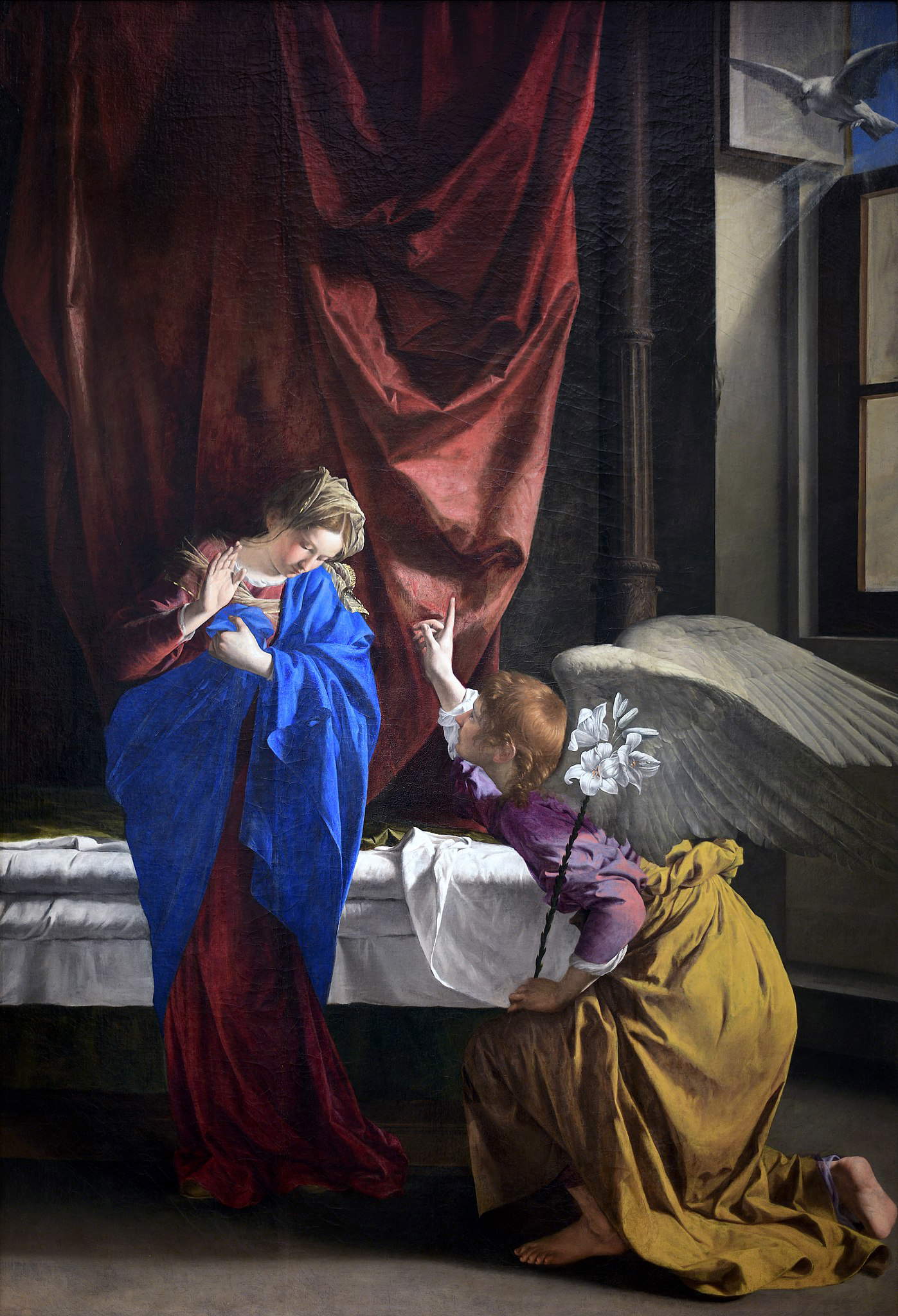
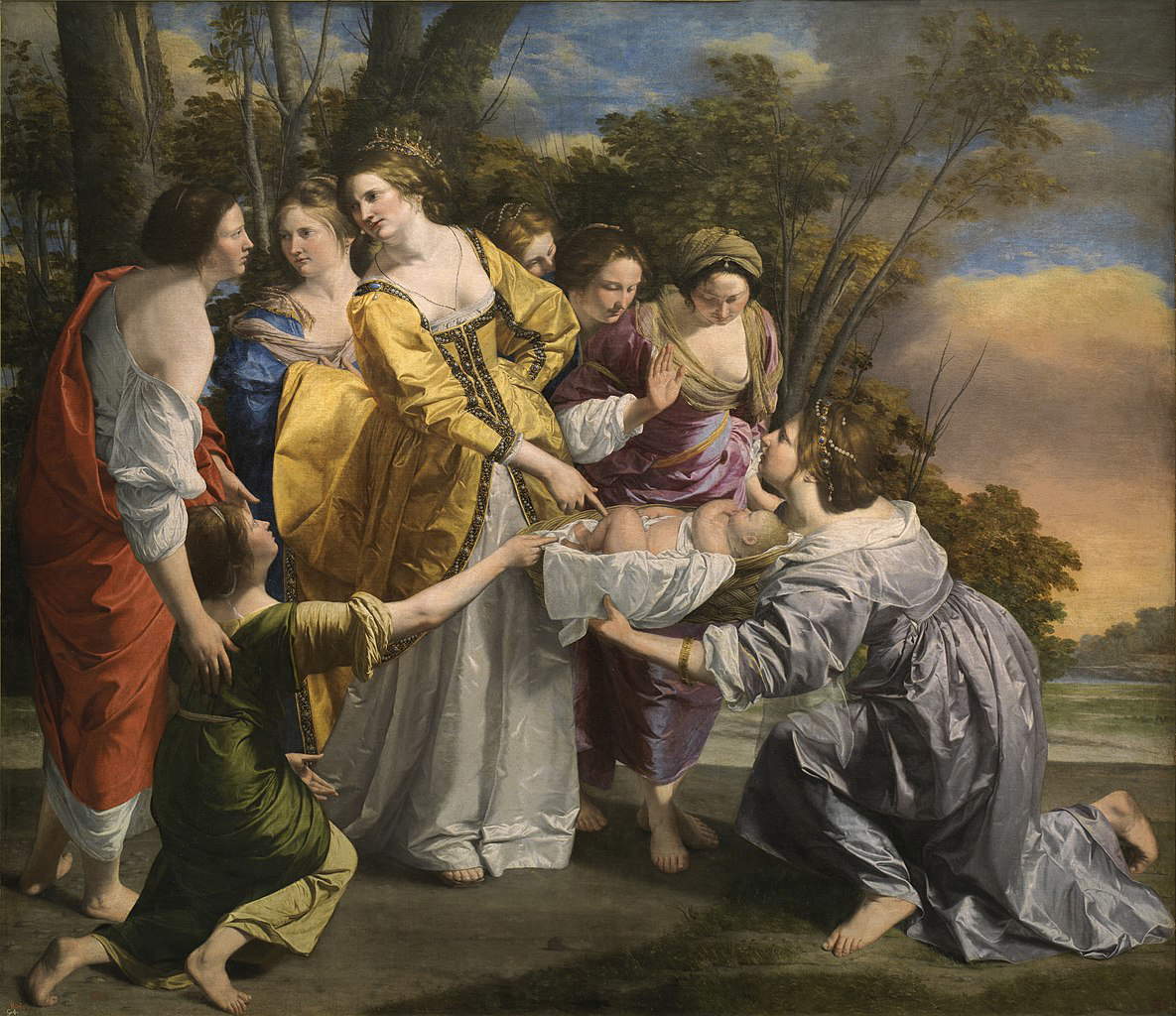
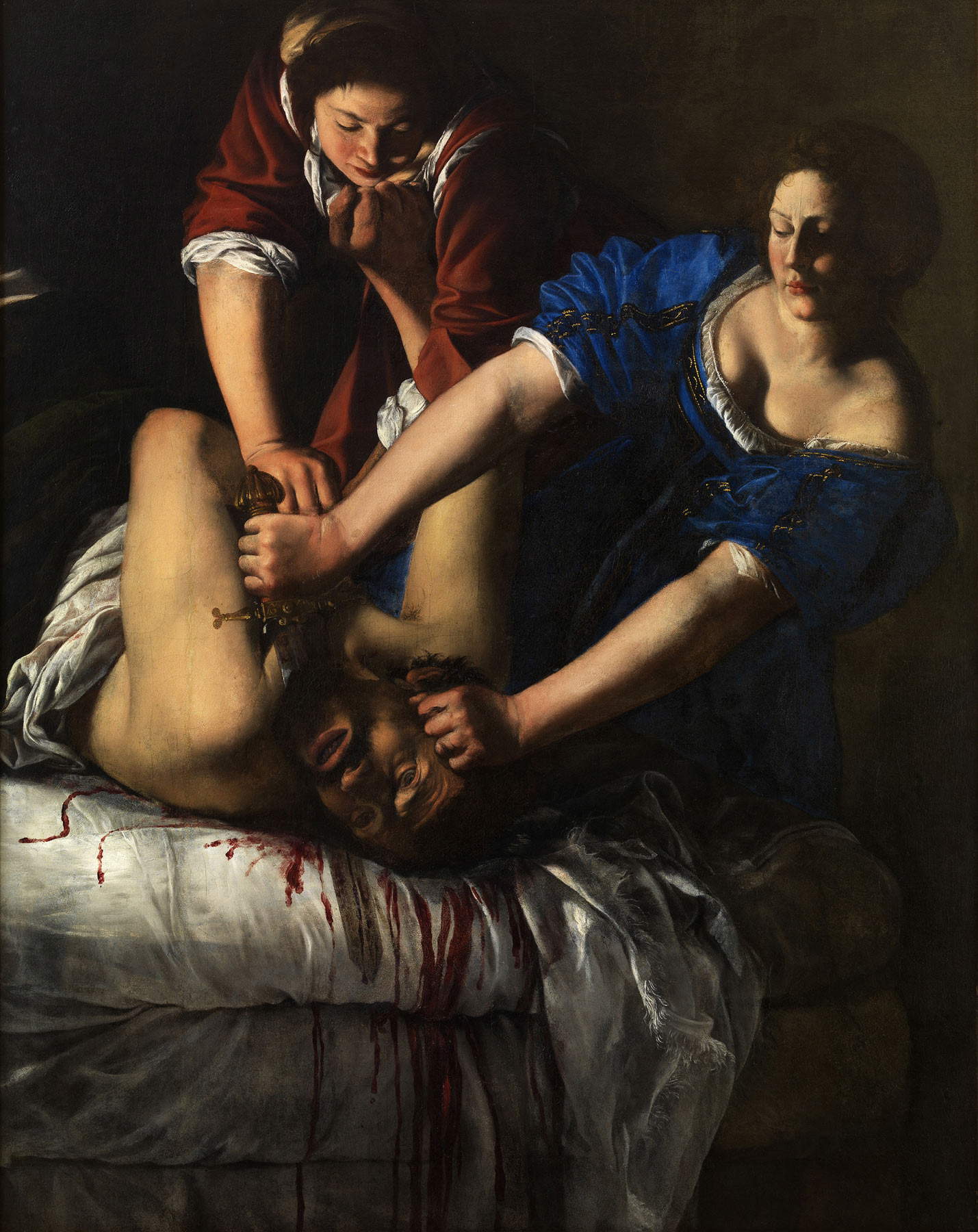
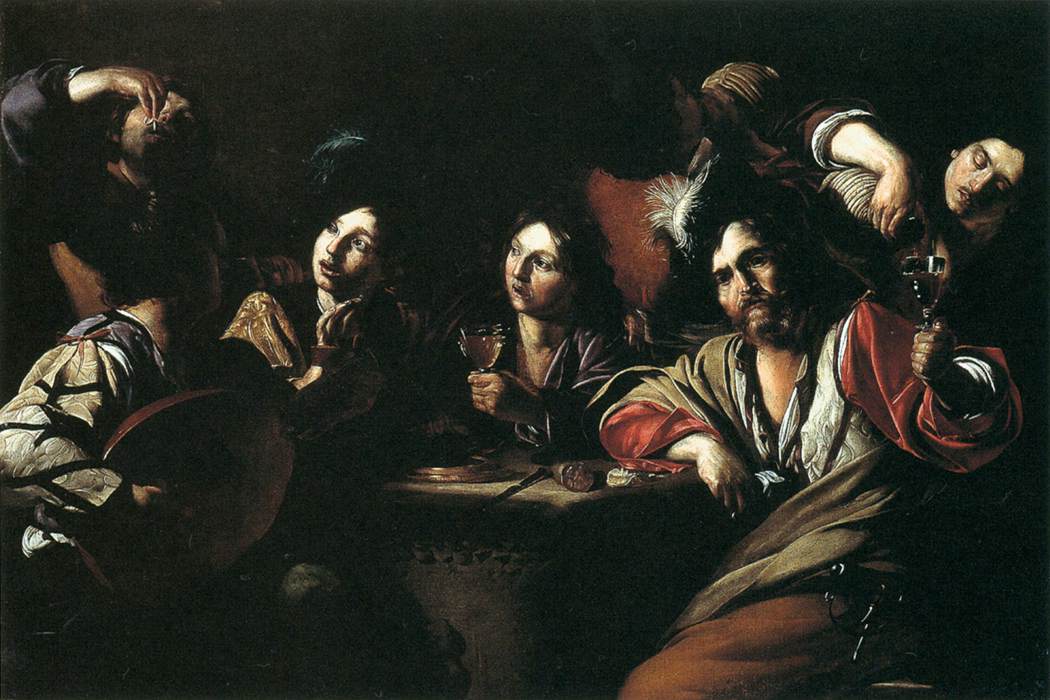
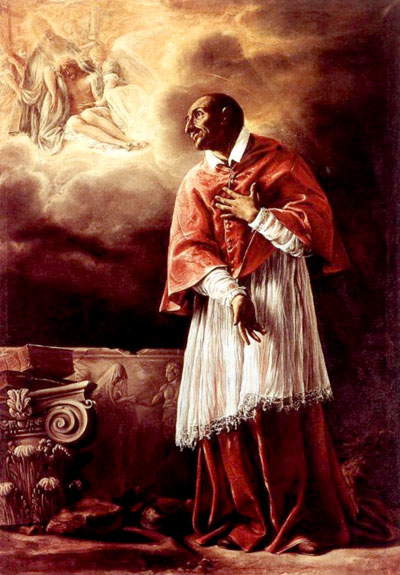
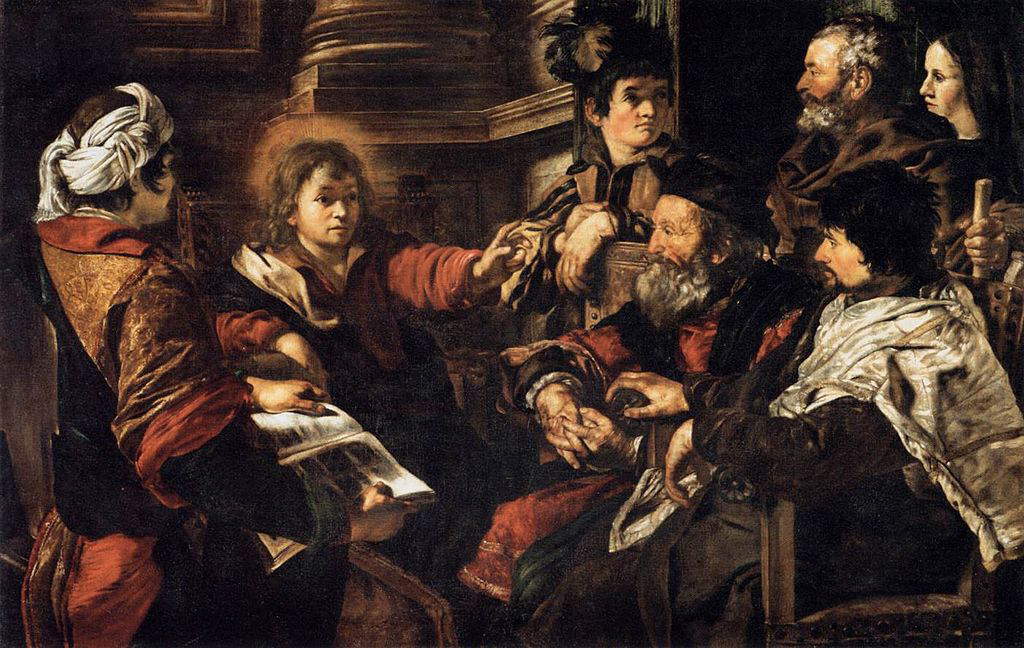
 |
| Naturalism in the 1600s, from Carracci to Caravaggio. Origins and development |
Warning: the translation into English of the original Italian article was created using automatic tools. We undertake to review all articles, but we do not guarantee the total absence of inaccuracies in the translation due to the program. You can find the original by clicking on the ITA button. If you find any mistake,please contact us.